China has countless tourist attractions, and different scenic spots all over the country attract tourists from all over the world. These scenery are known as top ten tourist attractions in China.
1.West Lake (Hangzhou, Zhejiang)
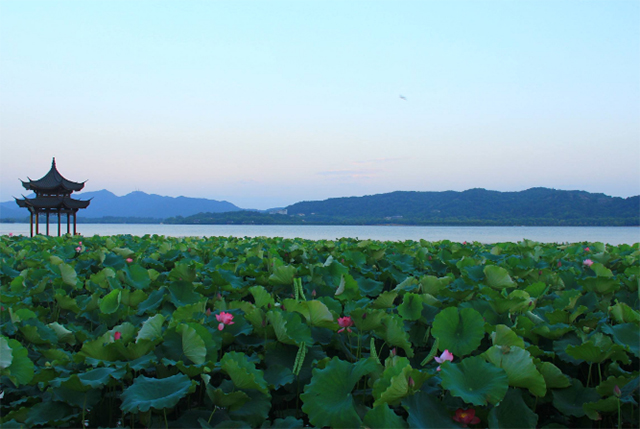
West Lake, located to the west of Hangzhou, Zhejiang Province, is one of the first national key scenic spots in mainland China and one of the top ten scenic spots in China. It is one of the main ornamental freshwater lakes in mainland China, and it is one of the few in the World Heritage List today and the only lake cultural heritage in China. The West Lake has beautiful scenery all year round. Peach willow in spring, lotus in summer, bright moon in autumn, and cold plum in winter.
2.Lijiang (Yunnan)
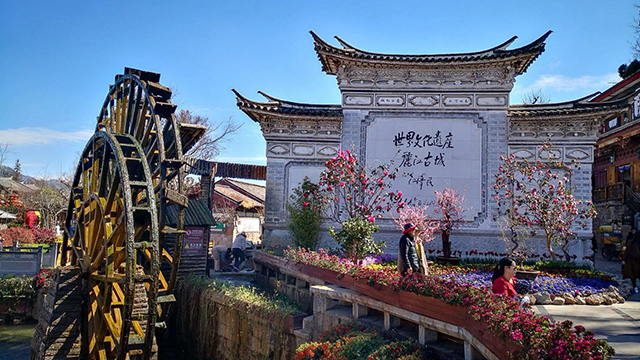
Lijiang City is located at the junction between the Yunnan-Guizhou Plateau and the Qinghai-Tibet Plateau. The terrain is high in the northwest and low in the southeast. The highest point is the main peak of the Yulong Snow Mountain. The altitude is generally above 2000 meters. There are many types, and it is one of the key forest areas in Yunnan Province and one of the bases for hydropower transmission from west to east in China. Lijiang tourist attractions: Yulong Snow Mountain, Dayan Ancient City, Yunshanping, Baishuihe, Ganhaizi, Bingtalin, Shuhe Ancient Town, Lahai, Tiger Leaping Gorge, Lugu Lake, Lijiang Mufu, Dongba Pantheon, Sifang Street, Impression Lijiang, Yushui Village, Meili Snow Mountain, Wangu Building!
3.Sanya (Hainan Island)
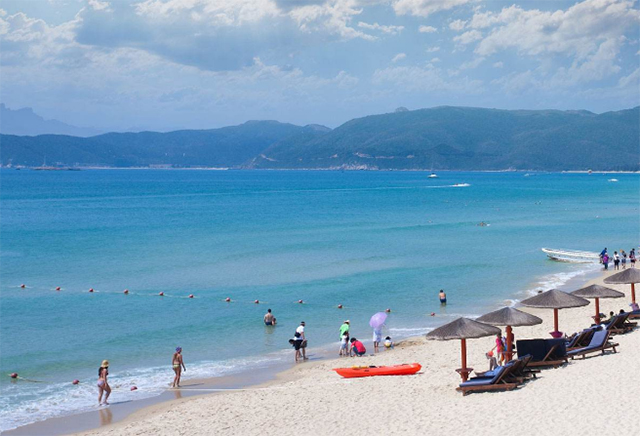
Sanya is an international tourist city with tropical beach scenery and is also known as “Oriental Hawaii”. On June 14, 2016, the Chinese Academy of Sciences released the “Research Report on Livable Cities in China”, and the Sanya Livable Index ranked third among 40 cities in the country. Sanya must-visit attractions: Tianya Haijiao, Yalong Bay, Dadonghai, Nanshan Cultural Tourism Area, Wuzhizhou Island, Yalong Bay Tropical Paradise Forest Park, Sanya Bay. a lot of.
4.Huangshan (Anhui)
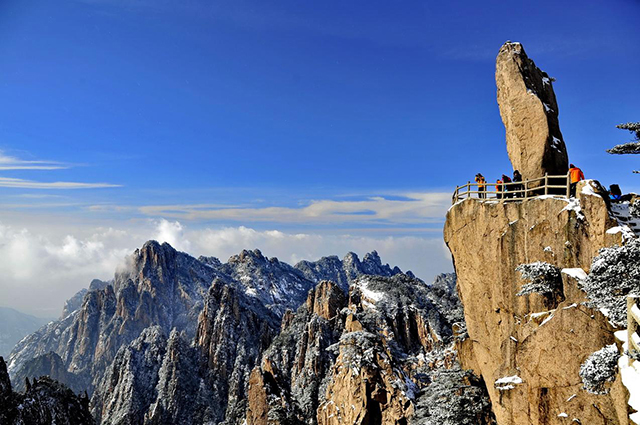
Huangshan: World Cultural and Natural Double Heritage, World Geopark, National AAAAA Tourist Scenic Spot, National Scenic Spot, National Civilized Scenic Spot Demonstration Site, China’s Top Ten Famous Mountains, the World’s First Strange Mountain. Huangshan is located in Huangshan City, southern Anhui Province. It has 72 peaks, and the main peak, Lotus Peak, is 1864 meters above sea level. It is one of the 36 major peaks of Guangming Peak and Tiandu Peak. Huangshan is the symbol of Anhui tourism and the only mountain scenery in China’s top ten scenic spots. The best places to watch the sunrise: Qingliangtai, Shuguang Pavilion, Lion Peak, Shixin Peak, Danxia Peak, Guangming Ding, Aoyu Peak, Yuping Tower.
5.Jiuzhaigou (Sichuan)
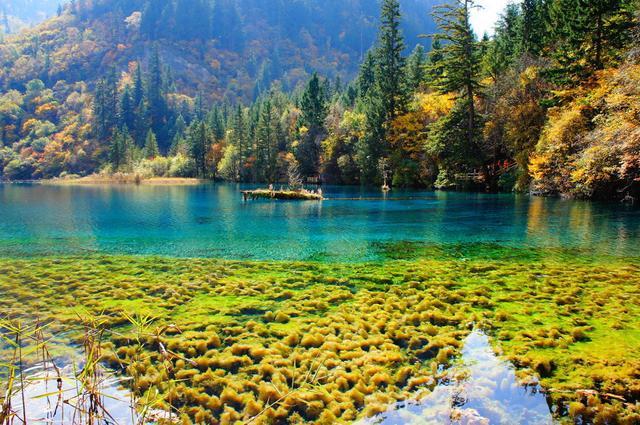
Jiuzhaigou: World Natural Heritage, National Key Scenic Area, National AAAAA Tourist Scenic Area, National Nature Reserve, National Geopark, World Biosphere Reserve Network. It is China’s first nature reserve with the main purpose of protecting natural scenery. Attractions: Jiuzhaigou Scenic Area, Wucaichi, Wuhuahai, Nuorilang Waterfall, Changhai, Reed Sea, Shuzheng Waterfall, Rizegou, Pearl Beach Waterfall, Sea of Sparks, Primitive Forest, Jinghai. Too many attractions.
6.Guilin Landscape (Guangxi)
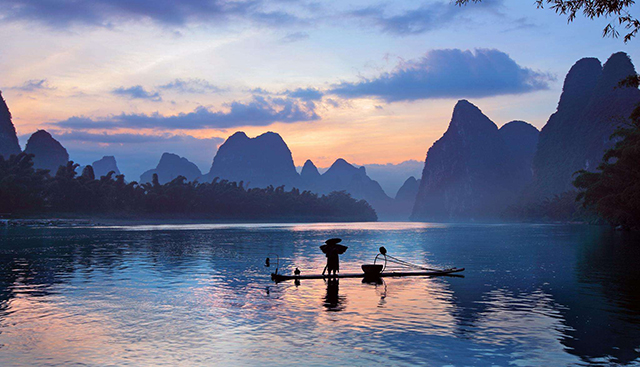
Guilin landscape is a general term for Guilin tourism resources. It is a national AAAAA tourist scenic spot and one of China’s top ten scenic spots. Guilin landscape is the representative of China’s landscape. The typical karst terrain constitutes the unique Guilin landscape. Guilin’s landscape refers to a wide range of projects. Guilin’s mountains and rivers have “mountain, water show, caves, and stone beauty”, including mountains, water, karst caves, stone carvings, etc., and its landscapes are famous all over the world. For thousands of years, it has enjoyed the reputation of “Guilin’s landscape is the world”. Attractions: Guilin landscape, Elephant Trunk Hill, Lijiang River, West Street, Longsheng Terraces, Impression Liu Sanjie, etc.
7.Gulangyu Island (Xiamen, Fujian)
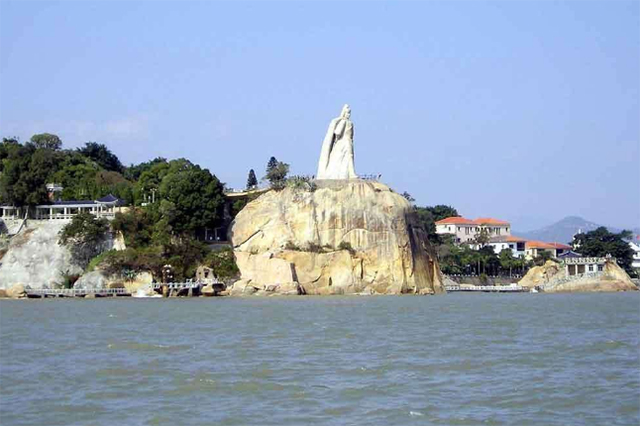
Gulangsu (English: Kulangsu) Formerly known as “Yuanshazhou”, alias “Yuanzhou Tsai”, it was named “Wulongyu” in the Southern Song Dynasty, and was renamed “Gulangyu” in the Ming Dynasty. Because of a reef more than two meters high with caves on the beach on the southwestern side of the island, whenever the tide surges, waves hit the reef, sounding like a drum, people call it “Gulangshi”, hence the name Gulangyu. Because of the rising tide, the waves hit the reefs, and the sound was named after the drums. Gulangyu Street is short and criss-crossed, and it is the largest island in Xiamen. Attractions: Riguangyan, Xiamen Museum, Lujiang Night, Longtou Road, Haoyue Garden, Xinzhuang Garden, Underwater World.
8.Great Wall (Beijing, Tianjin, Ningxia, Xinjiang and other 15 provinces, municipalities and autonomous regions.)
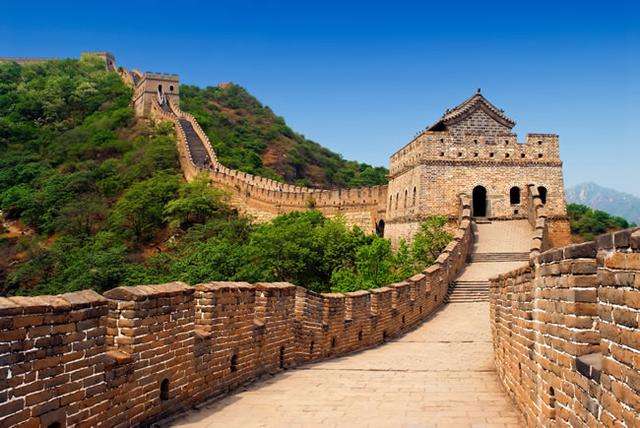
The Great Wall, also known as the Great Wall of China, is a military defense project in ancient China. It is a tall, sturdy and continuous wall that restricts the action of enemy riders. The Great Wall is not a purely isolated city wall, but a defense system that combines the city wall as the main body and a large number of cities, obstacles, pavilions, and landmarks. The Great Wall has become one of the new seven wonders of the world.
9.Zhangjiajie (Hunan Province)
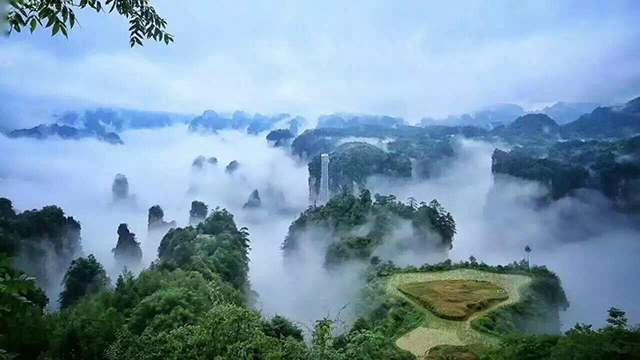
Zhangjiajie is a prefecture-level city under the jurisdiction of Hunan Province, formerly known as Dayong City, and has jurisdiction over 2 municipal districts (Yongding District, Wulingyuan District) and 2 counties (Cili County, Sangzhi County). It is located in the northwest of Hunan, in the upper reaches of the water, and belongs to the hinterland of Wuling Mountain. Zhangjiajie was founded as a city for tourism and is one of the most important tourist cities in China. It is also the birthplace and central area of the Hunan, Hubei, Chongqing and Guizhou Revolutionary Bases. Attractions: Tianmen Mountain glass path, Huangshizhai ropeway, Zhangjiajie National Forest Park, Yuanjiajie, etc.
10.Potala Palace (Tibet)
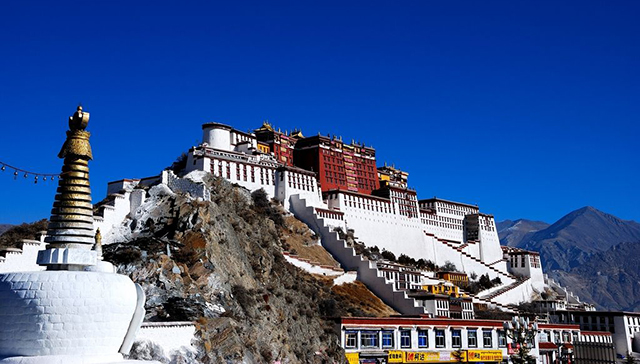
The Potala Palace (Tibetan :Tibetan,Pinyin: bo da la,Willy: po ta la), is located on the Mabul Mountain in the northwest of Lhasa, the capital of the Tibet Autonomous Region of China. It is the highest altitude palace in the world. The magnificent building, castle, and temple are one of the largest and most complete buildings in Tibet. A long history, mysterious legends, outstanding buildings, countless relics still breathing. Pilgrims who surround it around it endlessly together build the life of the Potala Palace.